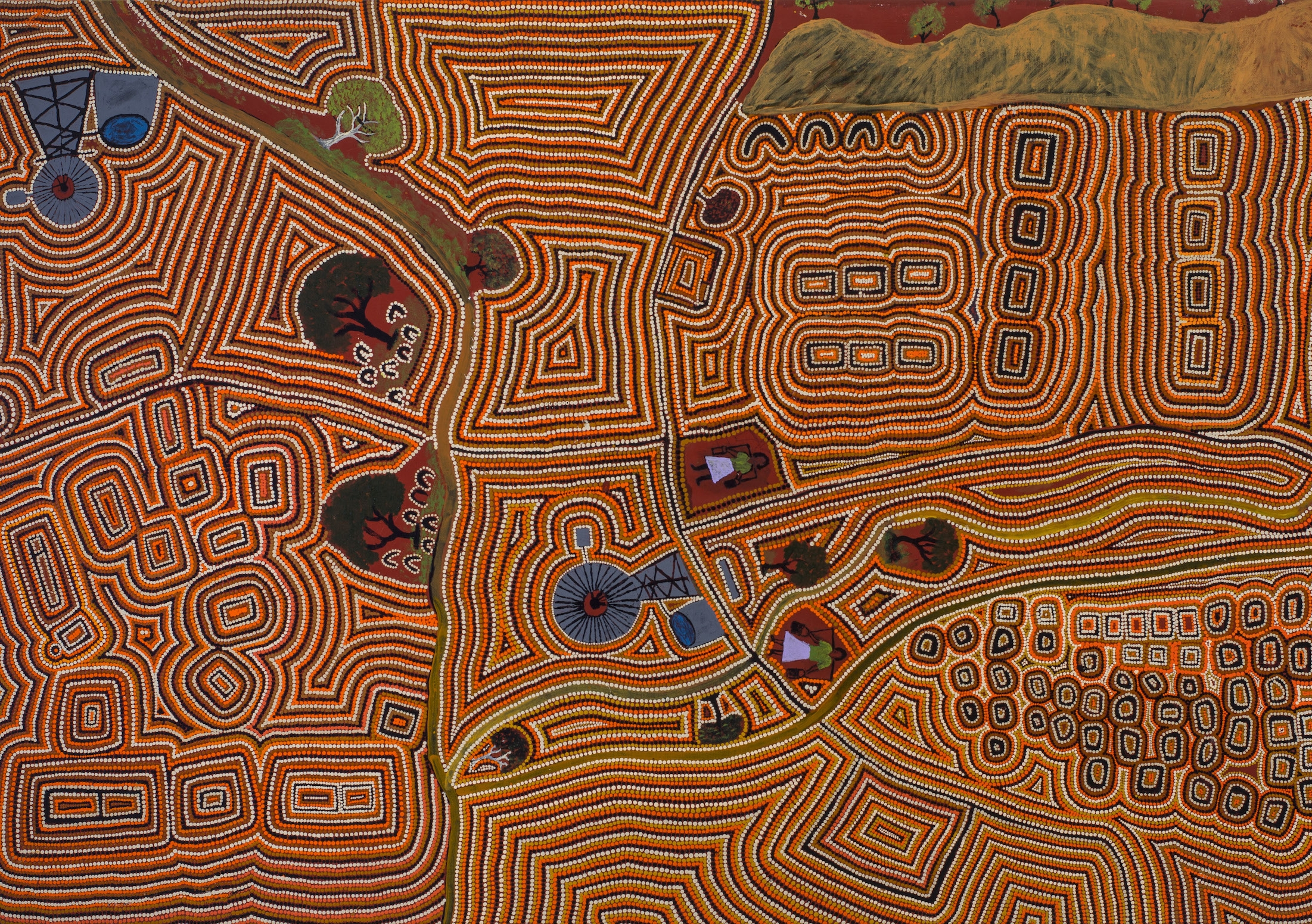Autumn exhibitions open at UNSW Galleries
A celebration of the historic Gurindji Walk-Off and an exploration of how 3D models can communicate human experience are the subjects of two powerful exhibitions opening at UNSW Galleries.
A celebration of the historic Gurindji Walk-Off and an exploration of how 3D models can communicate human experience are the subjects of two powerful exhibitions opening at UNSW Galleries.

Fran Strachan
Communications Manager Low Carbon Living CRC
+61 2 9385 5402
fran.strachan@unsw.edu.au
A celebration of the historic Gurindji Walk-Off and the role of 3D models in sharing human experience are the subjects of two powerful exhibitions opening at UNSW Galleries.
Still in my mind: Gurindji location, experience and visuality, considers the ongoing impact of the Gurindji Walk-Off, a nine-year act of self-determination led by Indigenous leader Vincent Lingiari and countrymen and women working at Wave Hill Station (Jinparrak) in the Northern Territory. Beginning in 1966, the event sparked the national land rights movement.
Curated by UNSW Art & Design Adjunct Research Fellow Brenda L Croft, the exhibition features photographs and an experimental multi-channel video installation, history paintings, digital platforms and archives. The group exhibition reveals the way Gurindji community members maintain cultural practices and kinship connections to keep this history alive today.
Croft developed the exhibition through long-standing practice-led research with her patrilineal community and Karungkarni Art and Culture Aboriginal Corporation. Still in my mind includes photographs and an experimental multi-channel video installation, history paintings, digital platforms and archives, revealing the way Gurindji community members maintain cultural practices and kinship connections to keep this history alive.
The exhibition was developed in partnership with Karungkarni Art and Culture Aboriginal Corporation, UNSW's National Institute for Experimental Arts, ARC Centre of Excellence for the Dynamics of Language and UQ Art Museum.
Where Still in My Mind explores how art can keep history alive, A working model of the world considers the way 3D models can be used to create and share knowledge – from dioramas to dolls' houses, atomic models to cloud-chambers, mandalas to maquettes.
Curated by UNSW Art & Design’s Dr Lizzie Muller and Holly Williams, the exhibition features new and existing works by artists who examine the role of 3D models in human experience. It includes work by Australian artists Brook Andrew, Corinne May Botz, Ian Burns, Maria Fernanda Cardoso and Emily Floyd.
Some of the models exhibited are on loan, including a boat made entirely of matchsticks owned by Professor Andrea Durbach, director of UNSW's Australian Human Rights Centre.
The boat was lovingly made and gifted to Durbach by the South African prisoners she successfully defended against the death penalty in the 1980s.
The South African-born human rights campaigner was a young solicitor when she represented the Upington 25 – 22 men and three women who were convicted of the murder of a policeman during an anti-apartheid demonstration in 1985.
Durbach formed a close relationship with the group and has described the boat as her most prized possession.
A working model of the world was curated specifically for two university galleries – UNSW Galleries and the Sheila C. Johnson Design Centre, Parsons School of Design, The New School in New York.
UNSW Galleries Director Dr Felicity Fenner said the two mid-year season exhibitions are exploratory and cross-disciplinary in nature, and are both premised on knowledge transfer and story-telling.
“Still in my mind: Gurindji location, experience and visuality tells the story of resilience and continued strength of the Gurindji Aboriginal people, whose courageous act of self-determination 50 years ago sparked the land rights movement in Australia. A working model of the world brings together objects of knowledge transfer, in this case three-dimensional models that explain how aspects of our world work, drawing on art and architecture, climate science and space exploration," Dr Fenner said.
Both exhibitions open on 5 May and are free to the public. For more details and public program information go to UNSW Galleries